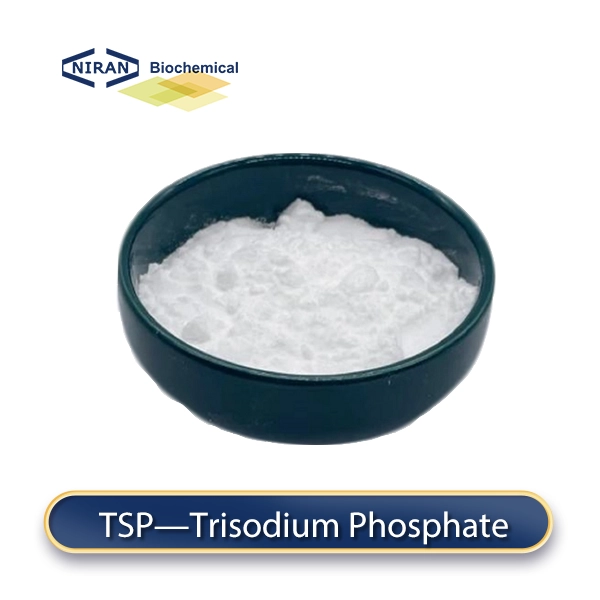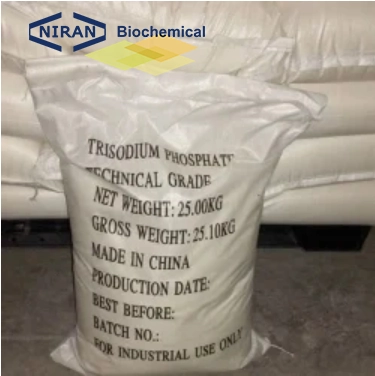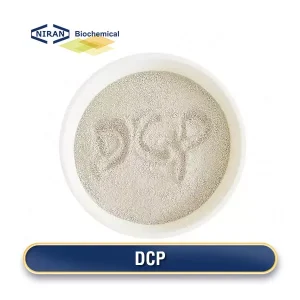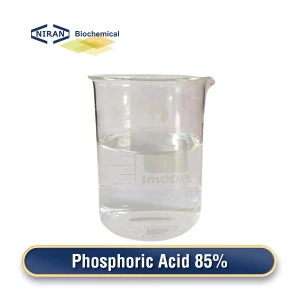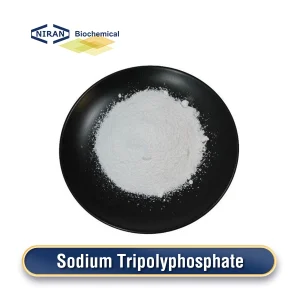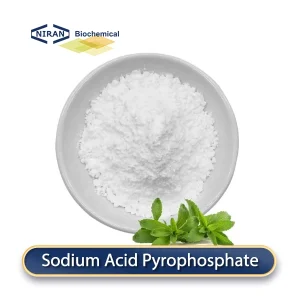What is Trisodium Phosphate?
Trisodium phosphate is an inorganic compound with a colorless to white crystal or crystalline powder appearance. It is soluble in water and easily deliquesces and weathers in dry air.
The preparation methods of trisodium phosphate in China mainly include neutralization method and sodium carbonate method. The neutralization method generates trisodium phosphate by reacting phosphoric acid with sodium hydroxide, and the product is obtained after concentration, crystallization and drying; the sodium carbonate method generates trisodium phosphate by reacting phosphoric acid with sodium carbonate, and also undergoes concentration, crystallization and drying steps.
At present, the neutralization method is the mainstream method for preparing trisodium phosphate in China. This method has a simple process, easy-to-control reaction conditions, and low production cost. It is suitable for large-scale industrial production, and is therefore widely used in the manufacturing process of trisodium phosphate.
Related parameters:
| ANALYSIS ITEM | QUALITY INDEXES |
| Assay(as Ca) % | 34.0-40.0 |
| Identification | Pass test |
| Water-soluble substance ≤% | 0.5 |
| Acid Insoluble Substance ≤% | 0.2 |
| Carbonate | Pass test |
| Chlorides ≤% | 0.14 |
| Sulfate ≤% | 0.8 |
| Dibasic salt and calcium oxide | Pass test |
| Arsenic ≤mg/kg | 3 |
| Barium | Pass test |
| Fluorides % | 75 |
| Nitrate | Pass test |
| Heavy Metals ≤mg/kg | 30 |
| Lead ≤mg/kg | 2 |
| Cadmium ≤mg/kg | 1 |
| Mercury ≤mg/kg | 1 |
| Loss on ignition ≤% | ≤% 8.0 |
Recommended dosage:
| Food Name | Maximum usage(g/kg) |
| High calcium bread | 6 g/kg |
| Sports drinks | 1.5 g/kg |
| Dairy products (such as yogurt, milk) | 3 g/kg |
| Cheese | 5 g/kg |
| Chocolate products | 3 g/kg |
| Candy | 2 g/kg |
| Ice cream | 2 g/kg |
| Cakes | 5 g/kg |
| Instant coffee | 2 g/kg |
| Milk tea | 3 g/kg |
| Juice drinks | 1.5 g/kg |
| Baked foods (such as cakes, biscuits) | 5 g/kg |
Trisodium Phosphate has a wide range of uses
1. Moisture retainer: Trisodium phosphate has a good moisture retention capacity, which can prevent food from drying and maintain its softness. Therefore, it is widely used in baked foods such as bread and pastries.
2. Acidity regulator: Trisodium phosphate can neutralize acidic substances in food and adjust the pH of food to improve the taste and extend the shelf life. It is commonly used in dairy products, beverages and other products.
3. Stabilizer: Trisodium phosphate can stabilize the physical and chemical properties of food. It is commonly used in products such as jams and salad dressings.
4. Thickener: Trisodium phosphate has a good thickening effect, which can increase the viscosity of food and change its texture and taste. It is commonly used in products such as jelly and ice cream.
User asked question:
Q: What should be paid attention to when using trisodium phosphate?
A: When using trisodium phosphate, appropriate protective equipment should be worn to avoid direct contact with skin and eyes, and prevent inhalation of dust. When used in food, relevant regulations and standards should be followed to avoid excessive addition.
Q: What are the advantages of trisodium phosphate compared to other sodium phosphate products?
A: 1. Trisodium phosphate has a strong alkalinity, and the pH value of 1% aqueous solution is about 11.5-12.5, which performs well in regulating the pH of food.
2. Trisodium phosphate can effectively improve the texture and taste of food and enhance the stability and shelf life of food. For example, in meat products, trisodium phosphate helps to maintain moisture and tenderness.
3. In powdered foods, trisodium phosphate can prevent agglomeration and maintain the fluidity and ease of use of the product.
4. Trisodium phosphate is easily soluble in water and can quickly dissolve to form a uniform solution.

